With an esports title as advanced as CS:GO, it should be to no one’s surprise that it has a number of different terms.
Like every esports game, while personal skill and mechanics are hugely important, strategy always comes first, and it’s no different in Counter-Strike. If you don’t have a plan for the round or the map overall, no matter how good you are playing, in most cases you should still be disarmed by the enemy team, given that they’re better prepared.
Therefore, since strategy is such a big deal in CS:GO especially, the best matchmaking players and the pros need to memorize more than a hundred terms. Some of them, like banana, point to certain places on maps, others, like eco or deep smoke, are callouts to strategy for one round and throwing a one-of-a-kind grenade, respectively.
There are, obviously, some terms that touch on players’ positions both in-game strategy-wise, and how they place in the standings. When it comes to the former, you might often pop into terms like support player or in-game leader. Regarding the latter, though, the explanation is much simpler.
What do top fragging and bottom fragging mean in CS:GO?
In regard to player standings in the scoreboard of every match, there are basically no other sayings than top fragging and bottom fragging. And, frankly speaking, both of them are quite self-explanatory.
When one player is top fragging on his team or on the server in general, it means he is the best player in terms of individual statistics. His KDA ratio is the best, therefore he’s top fragging since he’s on top of the scoreboard.
Bottom fragging is the opposite. As you’ve probably figured out by now, if someone is bottom fragging, it means they’re at the lowest part of the scoreboard, having the lowest possible KDA ratio in his team/on the server.


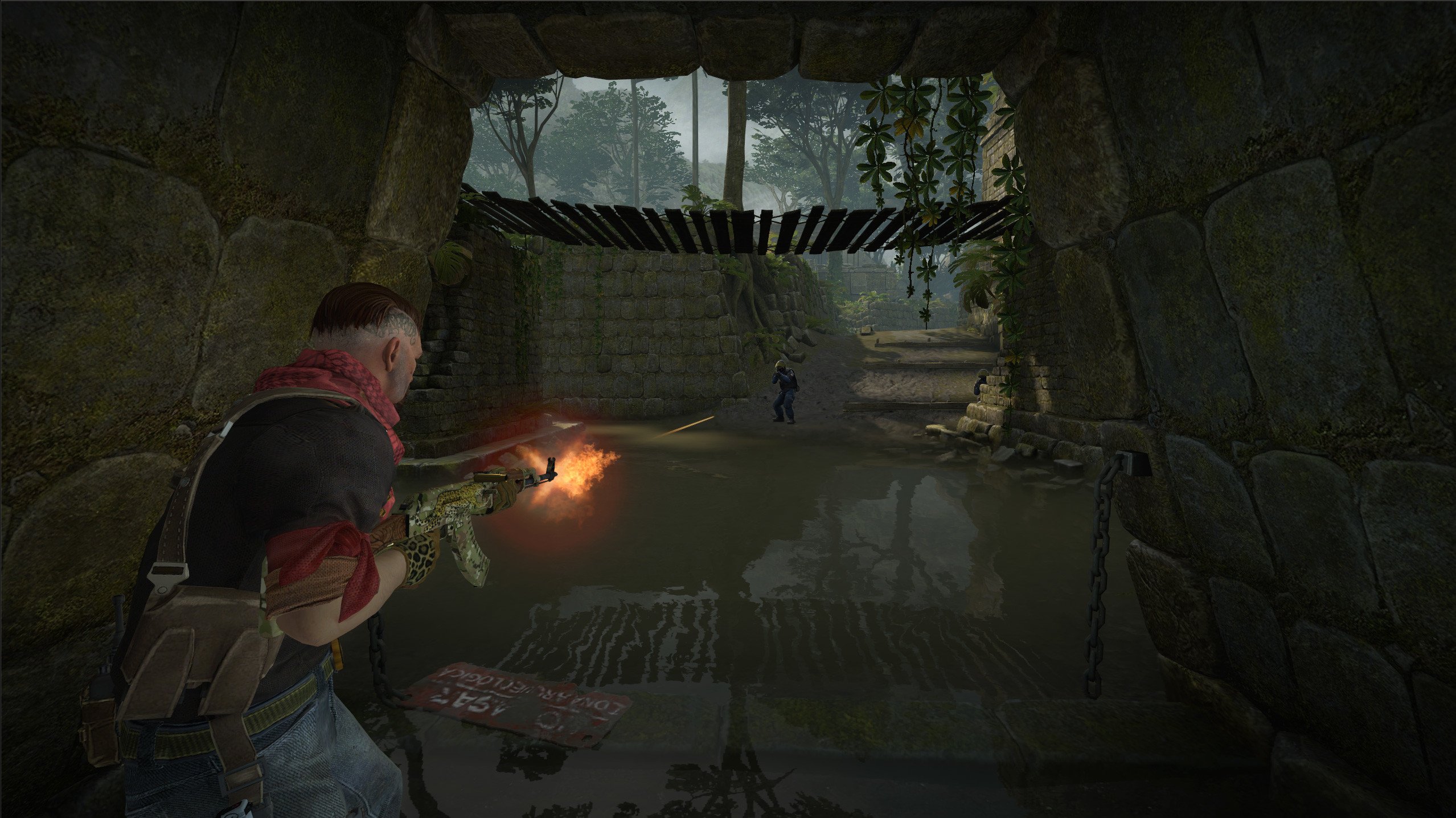
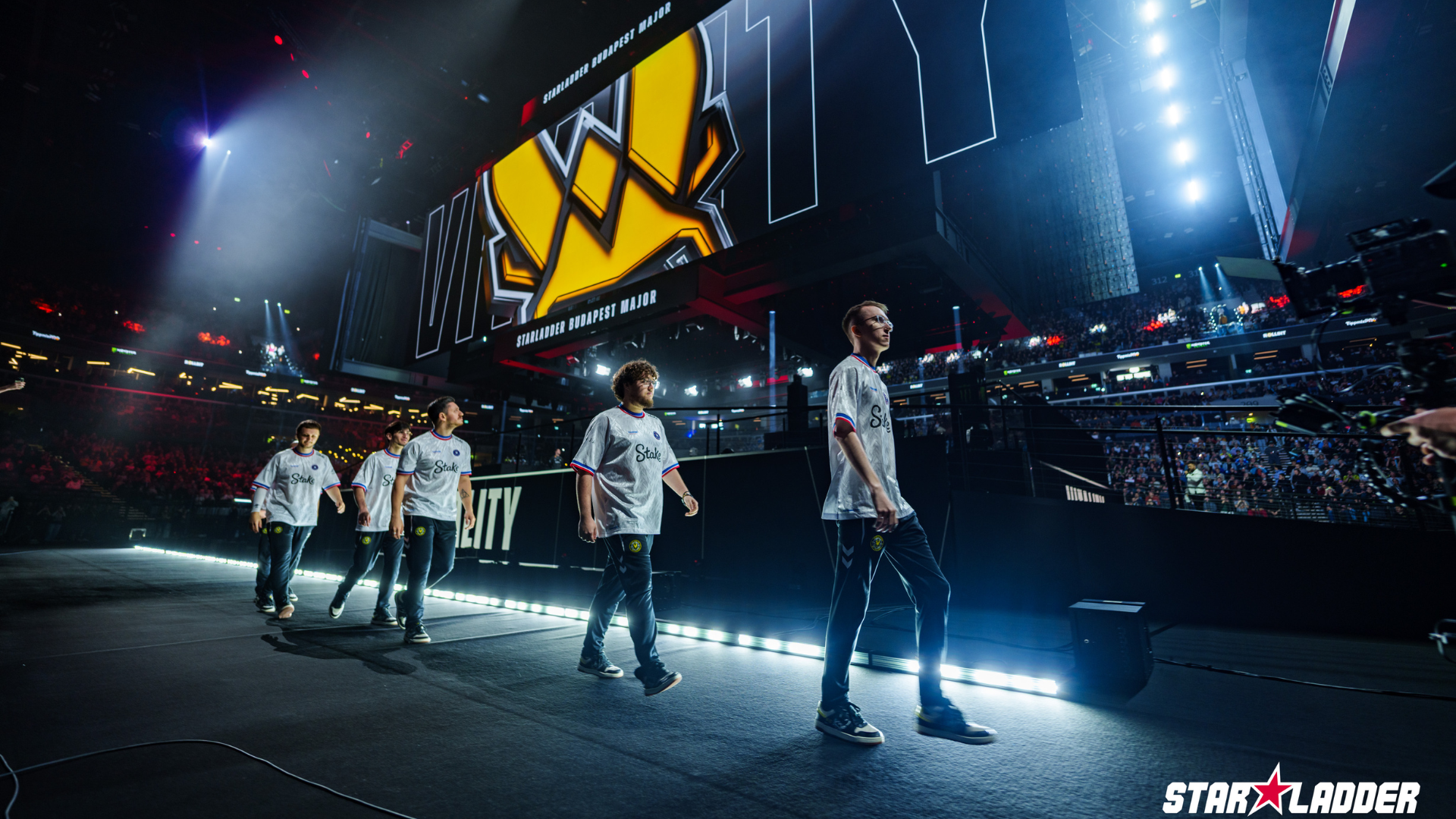
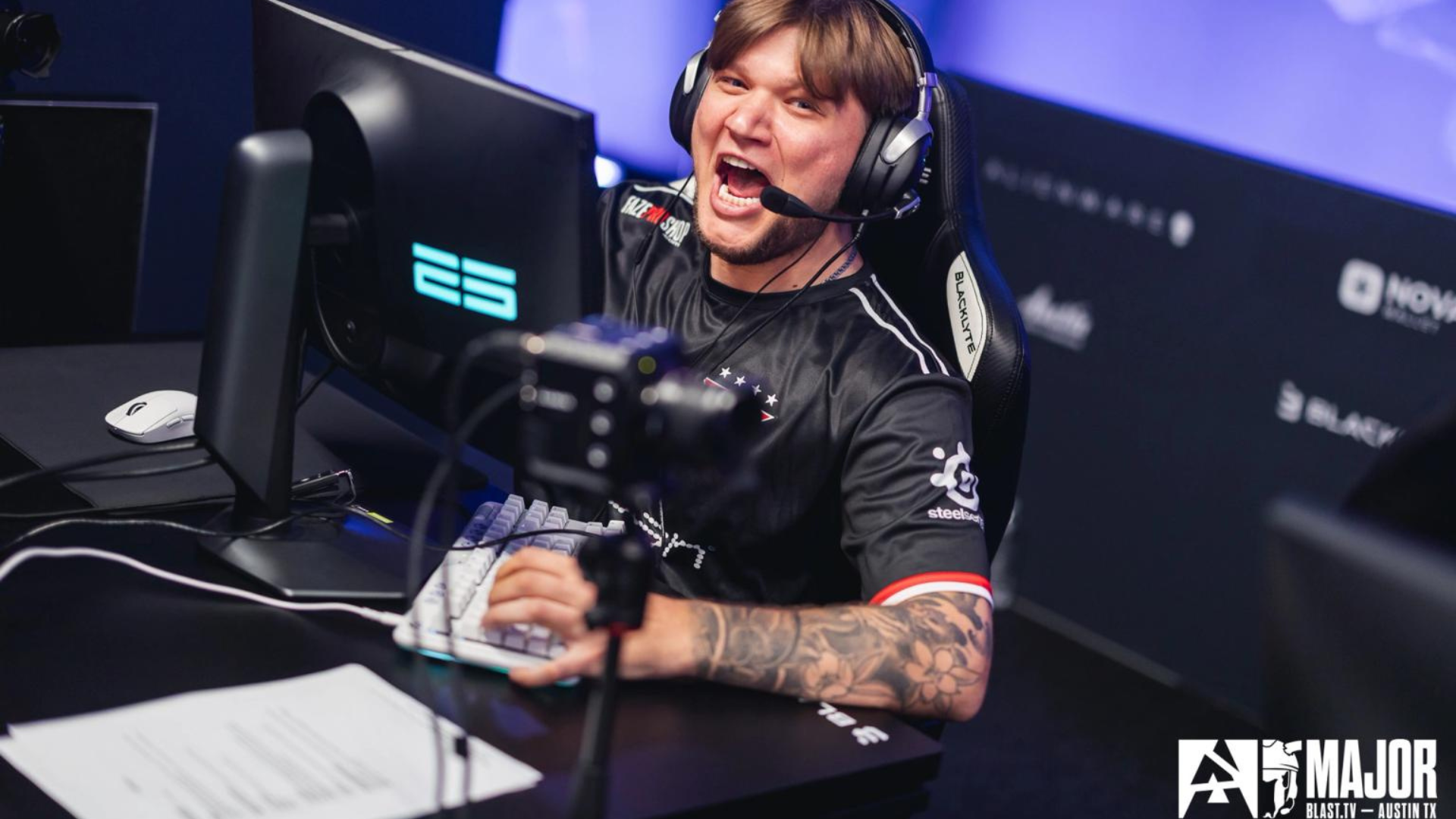
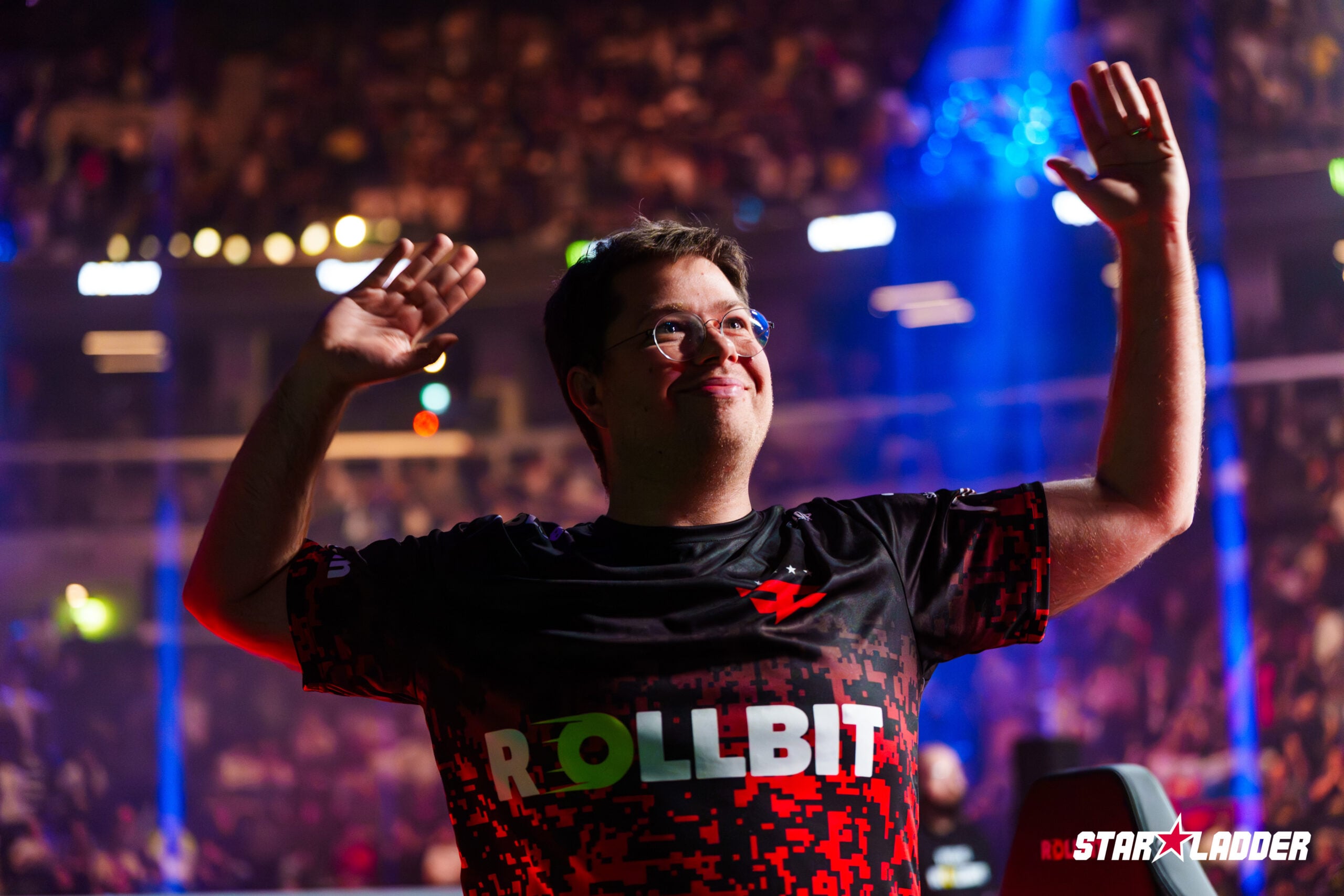


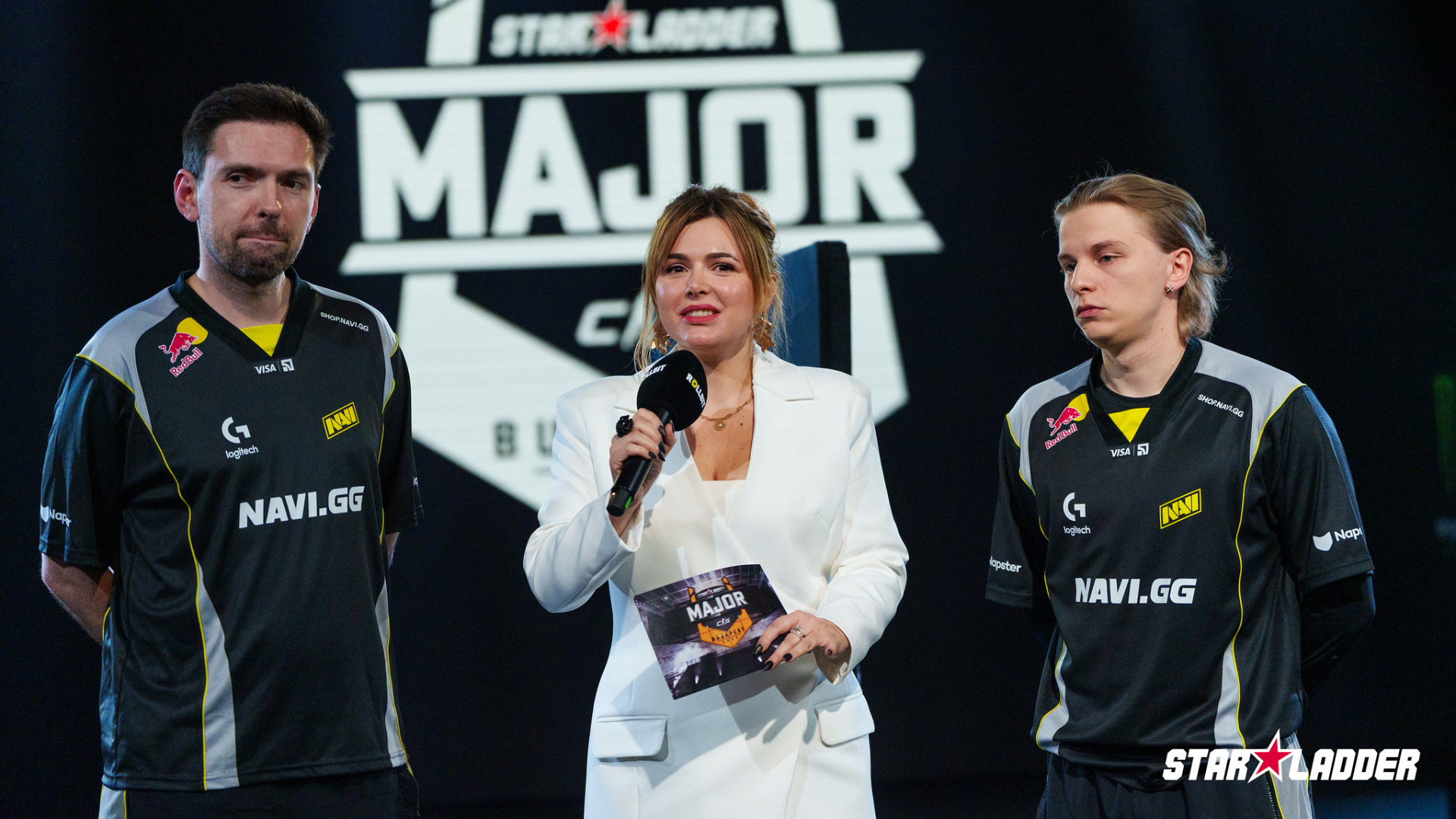
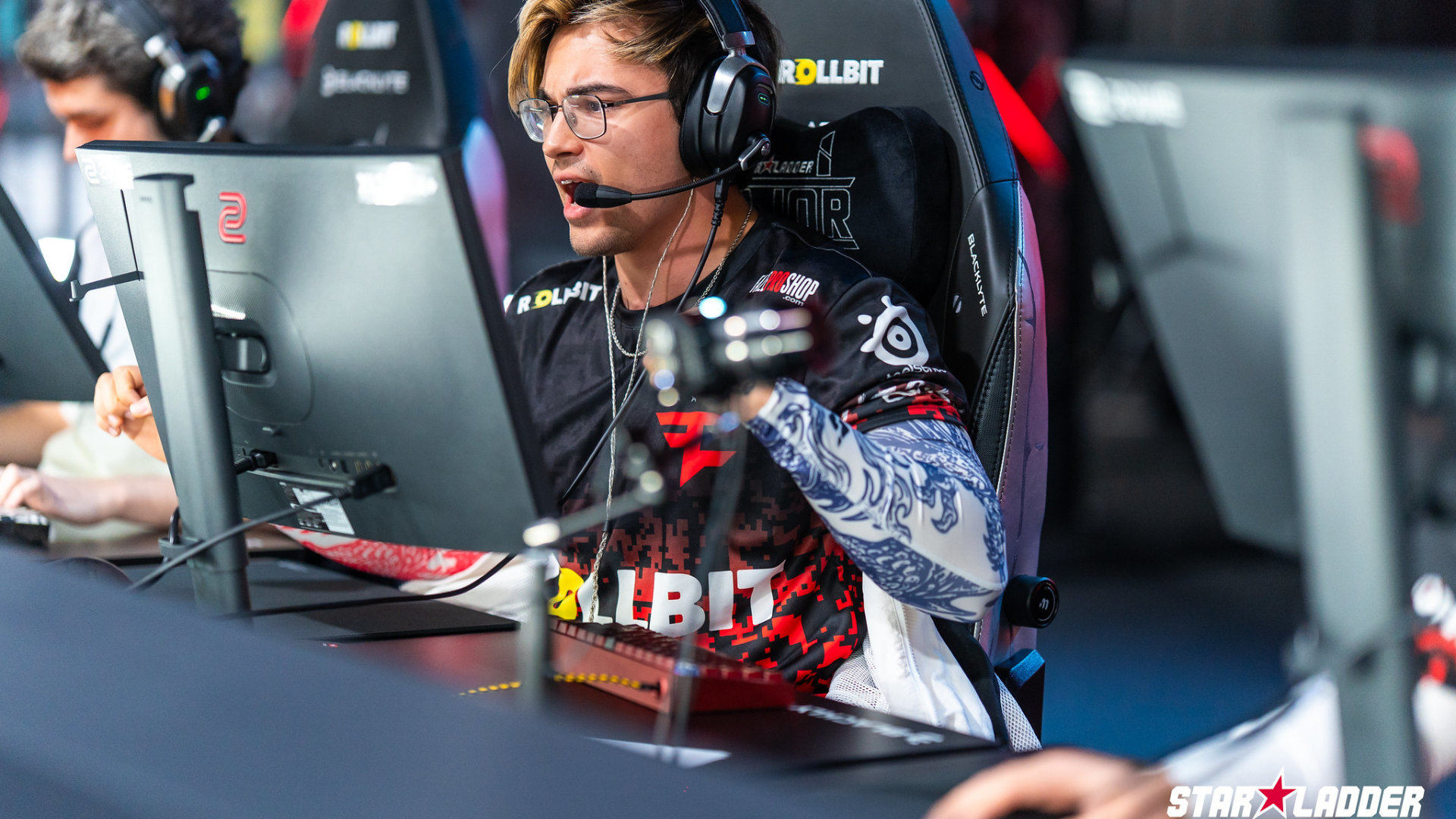
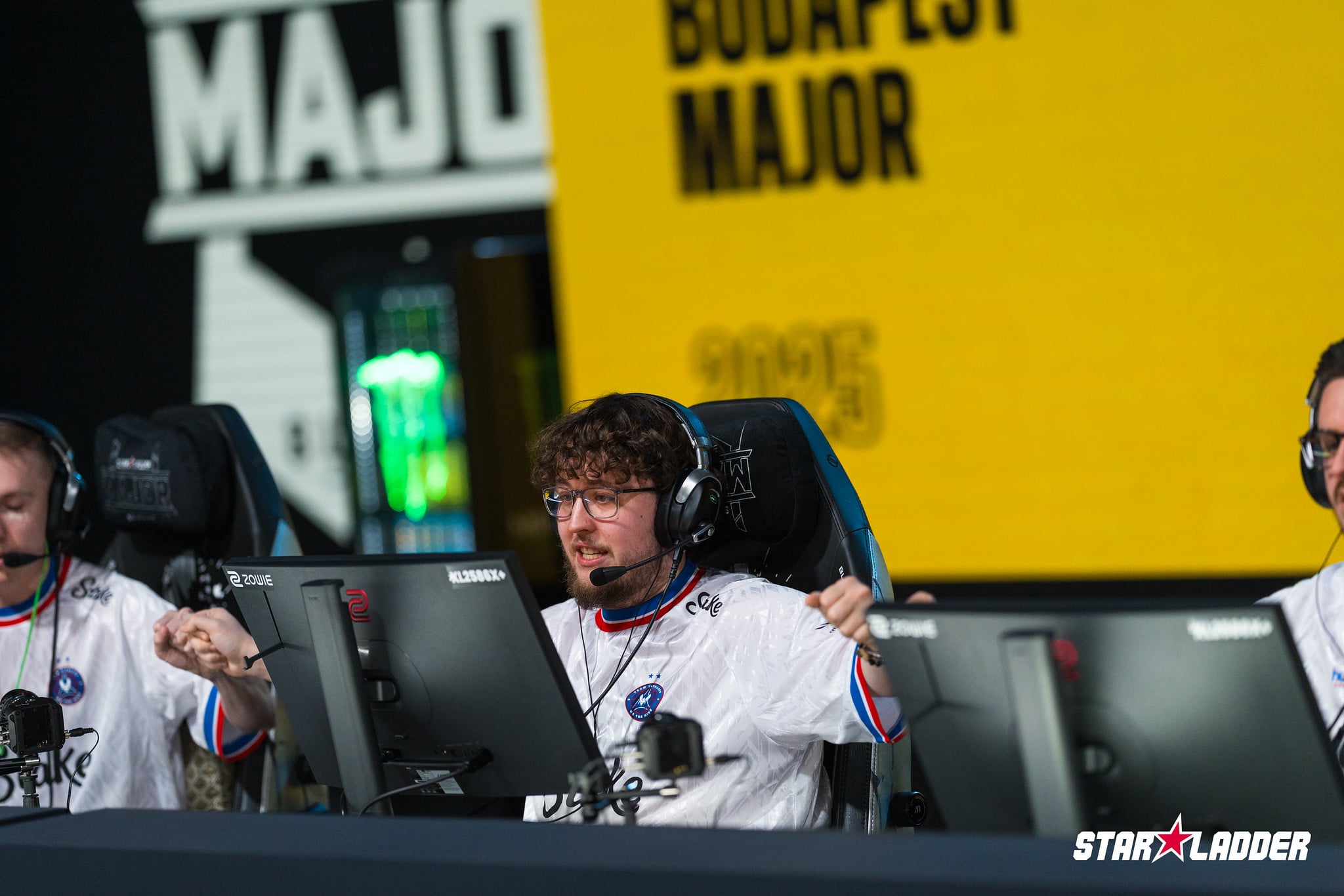
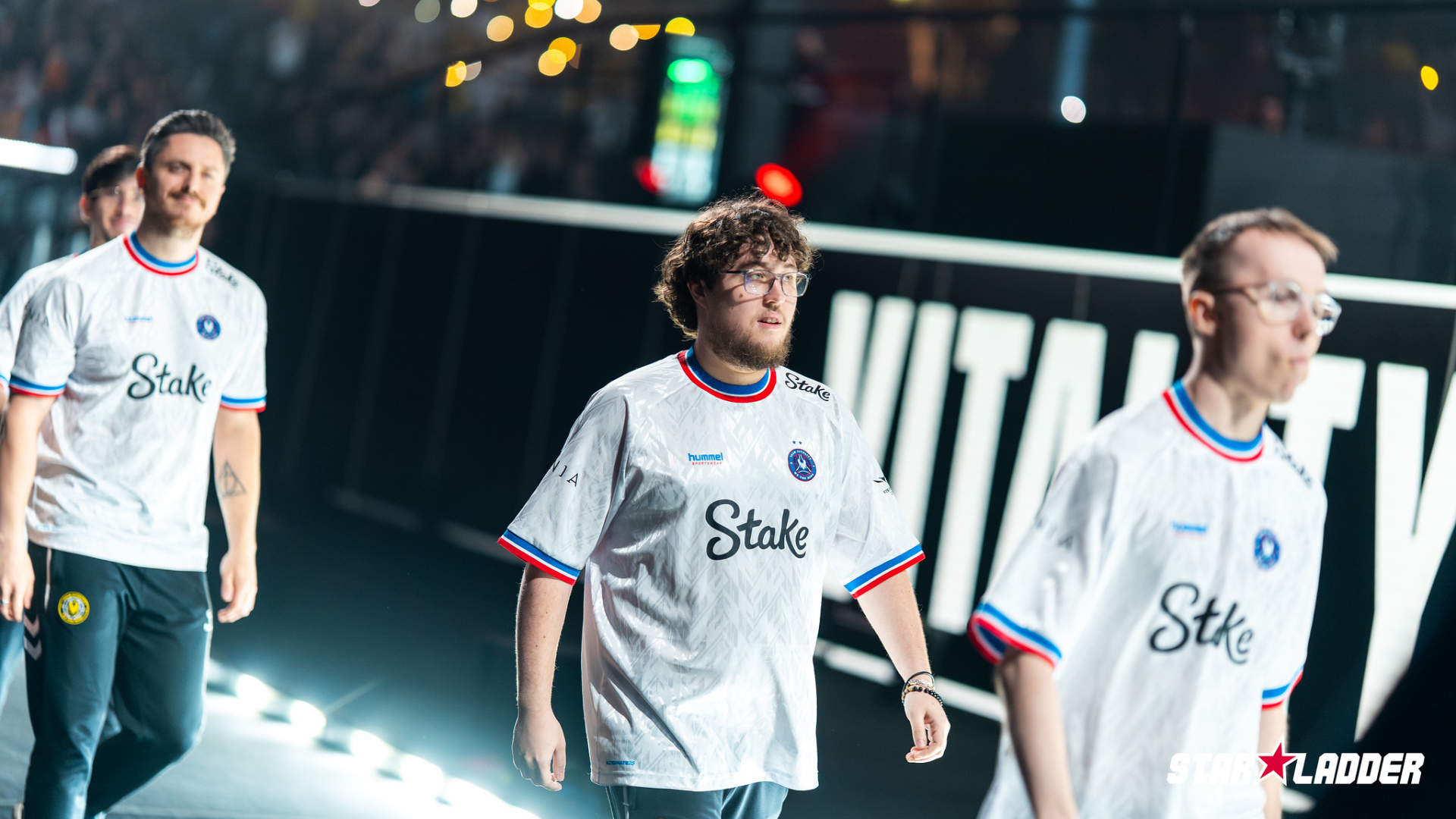

Published: Aug 19, 2022 10:11 am